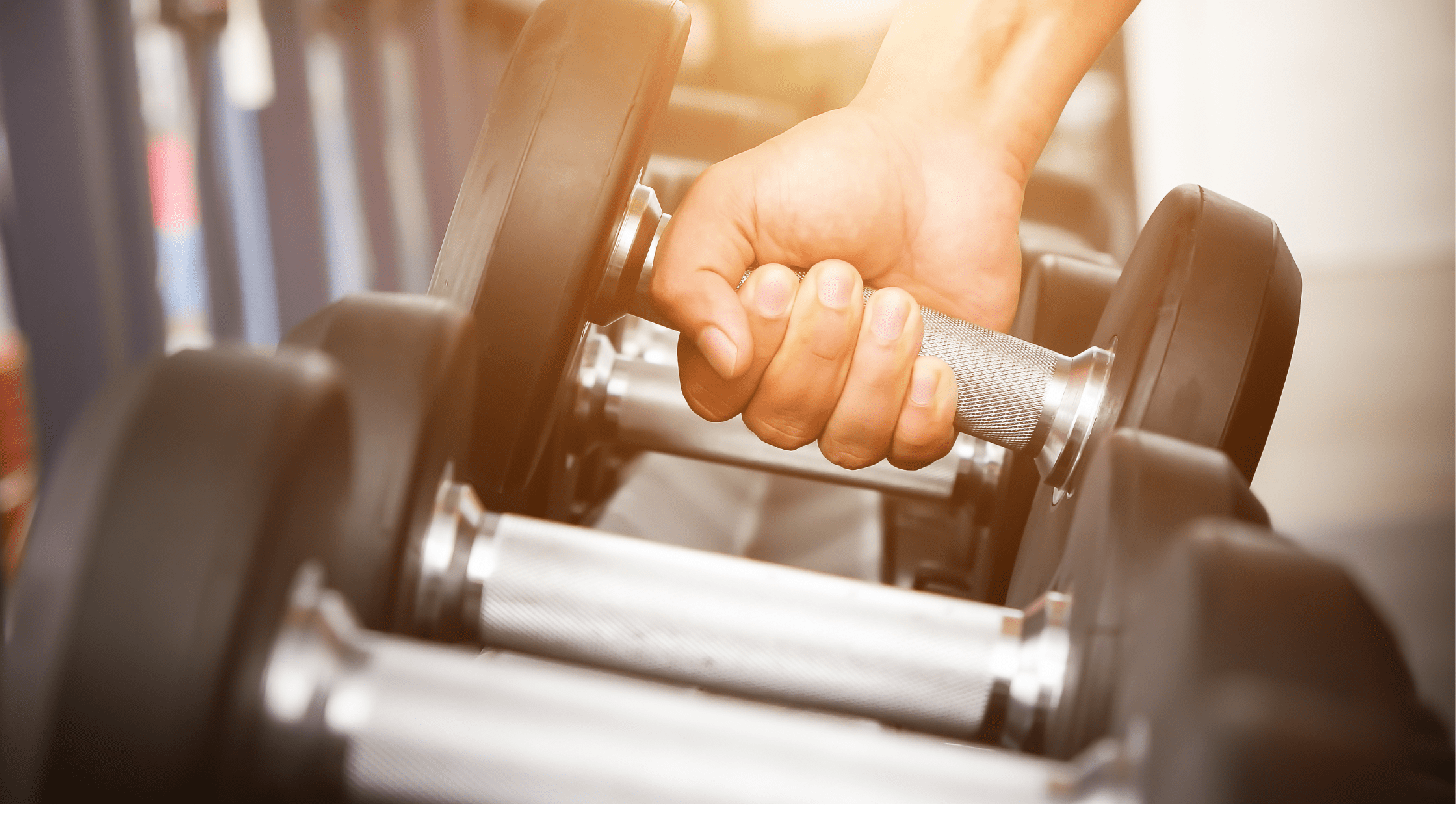
When focusing on enhancing lower body strength and stability, the tib bar proves to be an effective instrument that directly engages specific muscles in the lower legs. Integrating tib bar exercises into your fitness regimen can lead to enhancements in balance, flexibility, and overall lower body strength. In this article, we will delve into the muscle groups targeted by the tib bar and the advantages of including these exercises in your workout routine.
Exploring the Tib Bar
The tib bar, often referred to as the tibialis bar, is a purpose-built fitness tool primarily designed for fortifying the muscles in the lower leg region. Comprising an elongated bar equipped with handles and a weighted resistance mechanism, the tib bar enables precise exercises tailored to activate the muscles responsible for ankle dorsiflexion and plantar flexion.
Muscles Targeted by the Tib Bar:
- Tibialis Anterior: The front of the lower leg’s tibialis anterior muscle is the primary muscle targeted by tibia bar exercises. Ankle dorsiflexion, often known as pulling your toes up toward your shins, depends on this muscle. By engaging and strengthening the tibialis anterior while utilizing the tib bar, you may improve stability and control while doing tasks involving ankle mobility.
- Gastrocnemius and Soleus: Tib bar exercises also involve the calf muscles, including the gastrocnemius and soleus. These muscles govern ankle plantar flexion, the motion responsible for pointing your toes downward is squat wedge. Through routines like calf raises and plantar flexion with the tib bar, you can strengthen these muscles and enhance stability in the lower leg.
- Peroneal Muscles: The peroneal muscles, situated on the outer side of the lower leg, come into play during tib bar workouts. These muscles are essential for maintaining ankle stability, particularly during lateral movements done by squat wedge. Strengthening the peroneal muscles can be instrumental in averting ankle sprains and elevating overall lower leg stability.”
Exercises You Can Perform With the Help of Tib Bar
- Tib Raises: This fundamental exercise targets the front of your shin’s tibialis anterior muscle. The tibialis anterior should be engaged throughout this exercise, so stand with your toes on the Tib Bar and slowly elevate your heels as high as you can. After a little period of time in the higher posture, bring your heels back down. 3 sets of 12–15 rep Should be your target.
- Tib Curls: Another effective exercise primarily targeting the tibialis anterior. Begin by sitting on a bench with the Tib Bar resting on top of your feet. Flex your toes downward against the resistance of the bar, contracting the tibialis anterior. Hold the flexed position for a moment, then release and repeat. Perform 3 sets of 10-12 repetitions.
- Tib Circles: This dynamic exercise engages both the tibialis anterior and ankle stabilizer muscles. Place the Tib Bar on the floor and stand on one foot. Use your toes to trace circles on the bar, rotating in both clockwise and counterclockwise directions. This exercise challenges the tibialis anterior and enhances ankle stability. Perform 2 sets of 8-10 circles in each direction on each foot.
- Tib Hops: An advanced exercise incorporating plyometric movements to further strengthen the lower leg muscles. Begin in a standing position with the Tib Bar placed horizontally on the floor. Hop back and forth over the bar, focusing on landing softly while engaging the tibialis anterior and other lower leg muscles. Perform 3 sets of 10-12 hops.
- Single Leg Balance with Tib Bar: This exercise combines with the balance training with the help of tib bar engagement. Stand on one foot while holding the Tib Bar vertically with both hands, using it as a stabilizing tool. Maintain your balance for as long as possible, with a focus on engaging the tibialis anterior and other ankle stabilizer muscles. Switch to the other leg and repeat. Aim for 3 sets of 30-60 seconds on each leg.
Advantages of Tib Bar Workouts:
- Enhanced Lower Limb Strength: Tib bar exercises have a focused impact on the muscles of the lower leg, resulting in increased strength and endurance in muscles like the tibialis anterior, gastrocnemius, soleus, and peroneal muscles. Strengthening these muscle groups can offer advantages to athletes, runners, and individuals aiming to boost lower limb strength for diverse activities.
- Heightened Balance and Stability: By concentrating on the muscles responsible for ankle dorsiflexion and plantar flexion, tib bar exercises contribute to enhanced balance and stability. This improvement can be particularly advantageous for activities demanding precise balance, such as yoga, dance, or sports.
Conclusion
The tib bar is a valuable tool for enhancing lower body strength and stability. It targets particular lower-leg muscles, including the tibialis anterior, gastrocnemius, soleus, and peroneal muscles, which are crucial for the mobility and stability of the ankle. Tib bar exercises are advantageous for athletes, runners, and anyone looking to increase their lower body strength for different activities like yoga, dance, or sports. Including tib bar exercises in your fitness routine can result in increased strength, improved balance, and improved overall lower limb stability.